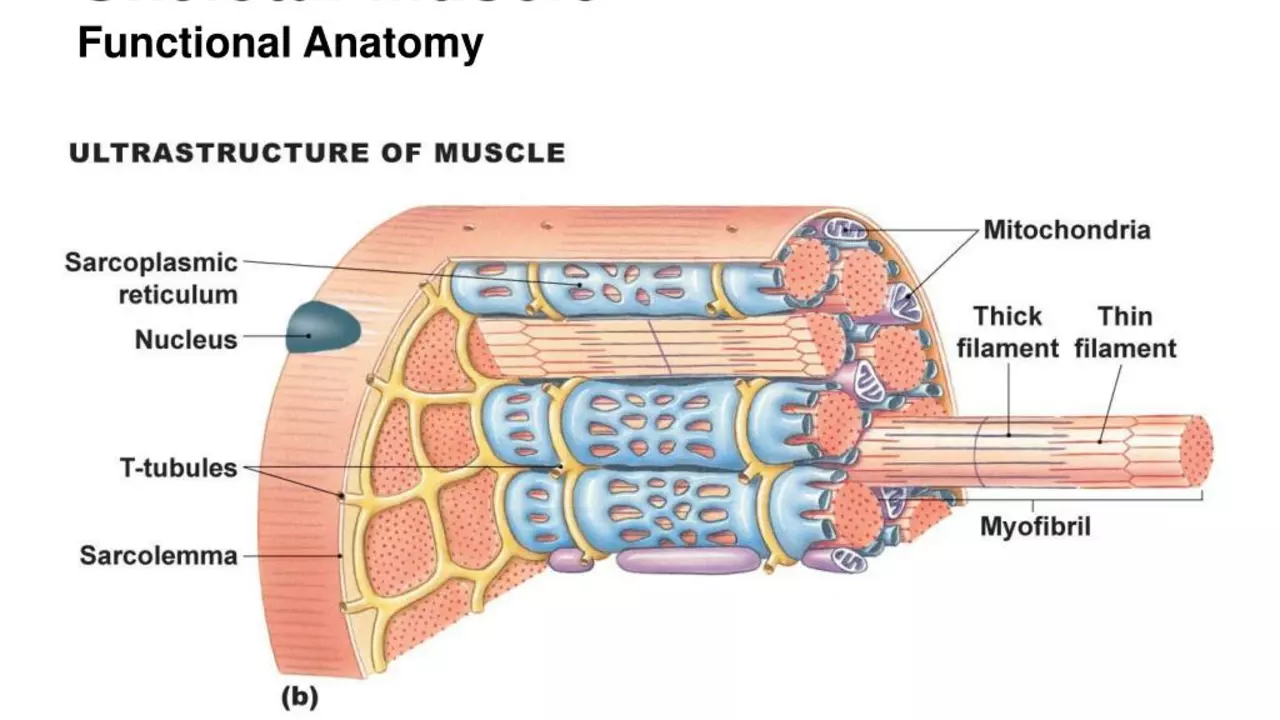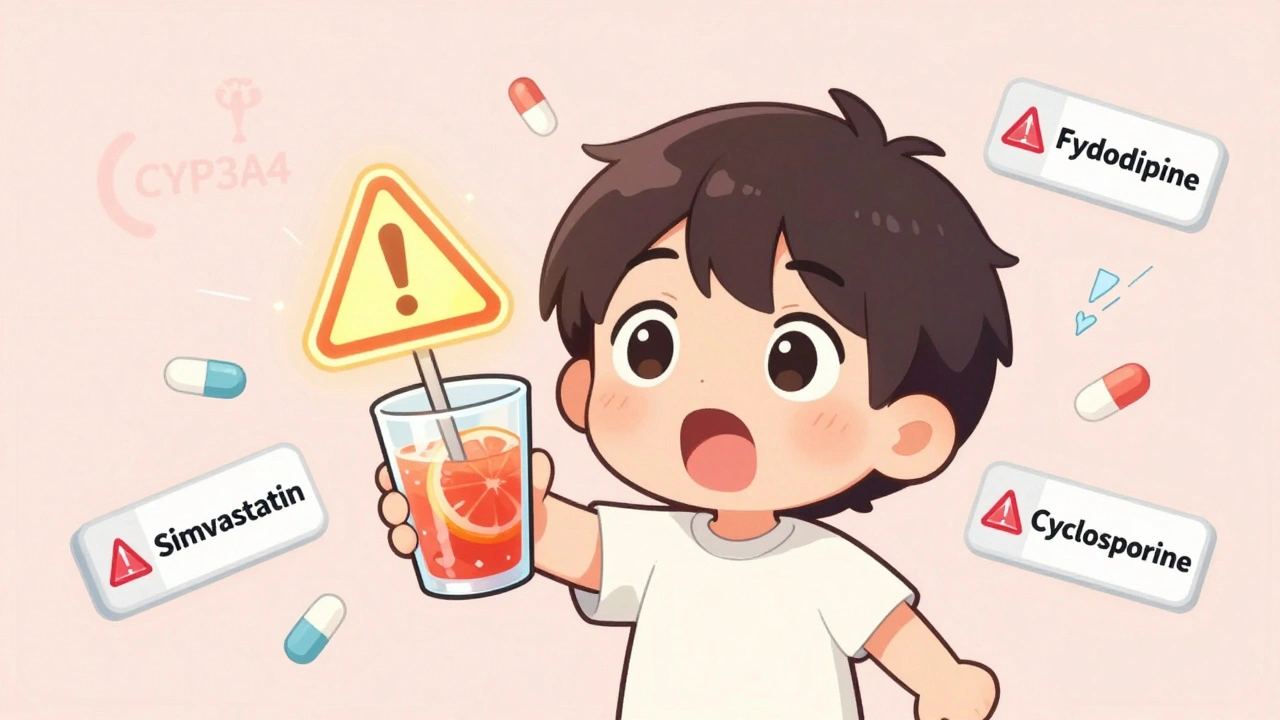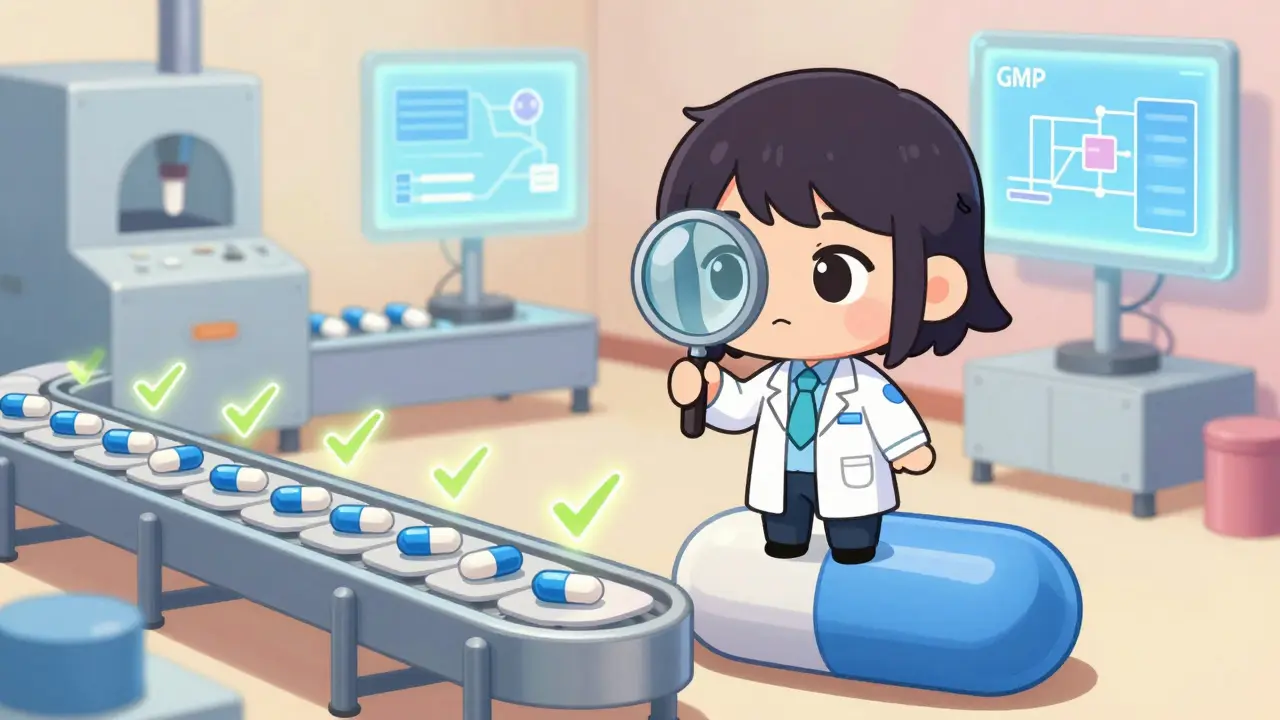Acute Skeletal Muscle Conditions: What They Are and How to Handle Them
If you’ve ever felt a sharp pull in your thigh after a sudden sprint, you’ve experienced an acute skeletal muscle condition. These are sudden injuries that strike muscles, tendons or the surrounding fascia and usually happen during a quick movement, heavy lift, or a direct impact.
Typical signs include a sudden “pop” or “tear” feeling, immediate pain, swelling, and sometimes a visible bruise. The affected muscle may feel weak, and moving it can be painful. Most people notice these symptoms right away, which is why acting fast can make a big difference in how quickly they recover.
Quick First‑Aid Steps
When you suspect a muscle strain, follow the R.I.C.E. method: Rest, Ice, Compression, Elevation. Rest the injured area for a day or two to prevent further damage. Apply a cold pack for 15‑20 minutes every 2‑3 hours during the first 48 hours; this reduces swelling and numbs the pain.
Wrap the muscle lightly with an elastic bandage to limit swelling, but don’t make it so tight it cuts off circulation. Elevating the limb above heart level (if possible) also helps fluid drain away from the injury site.
When to Seek Professional Help
Most minor strains heal with home care, but you should see a GP or physiotherapist if you notice any of these red flags: intense pain that doesn’t improve after a few days, a loss of strength that makes everyday tasks hard, or a feeling of instability in the joint.
A health professional can order an ultrasound or MRI to rule out a tear that needs more intensive treatment, such as a guided injection or surgical repair. Early diagnosis speeds up recovery and reduces the chance of chronic problems.
Physical therapy is often the next step after the initial swelling goes down. A therapist will guide you through gentle stretches, then progress to strengthening exercises that restore muscle length and power. The goal is to rebuild confidence in the muscle without overloading it.
Typical rehab moves start with simple range‑of‑motion drills—like slow ankle circles for a calf strain—then move to eccentric loading (slowly lengthening the muscle under tension) which has been shown to improve healing.
Don’t rush back to heavy lifting or intense sport until you can perform the exercises pain‑free and you’ve regained at least 90% of your pre‑injury strength. Jumping back too soon is a common cause of re‑injury.
Prevention is just as important as treatment. Warm up for at least 10 minutes with light cardio and dynamic stretches before any activity. Keep muscles hydrated and maintain balanced nutrition—protein and vitamin C play key roles in tissue repair.
If you’re training regularly, incorporate regular strength and flexibility work. Small weekly sessions that target the major muscle groups keep them resilient and reduce the odds of sudden strains.
Bottom line: acute skeletal muscle conditions feel scary, but with prompt R.I.C.E. care, a quick check‑in with a professional when needed, and a structured rehab plan, most people bounce back fully. Listen to your body, respect the healing timeline, and you’ll be back to your usual routine sooner than you think.





